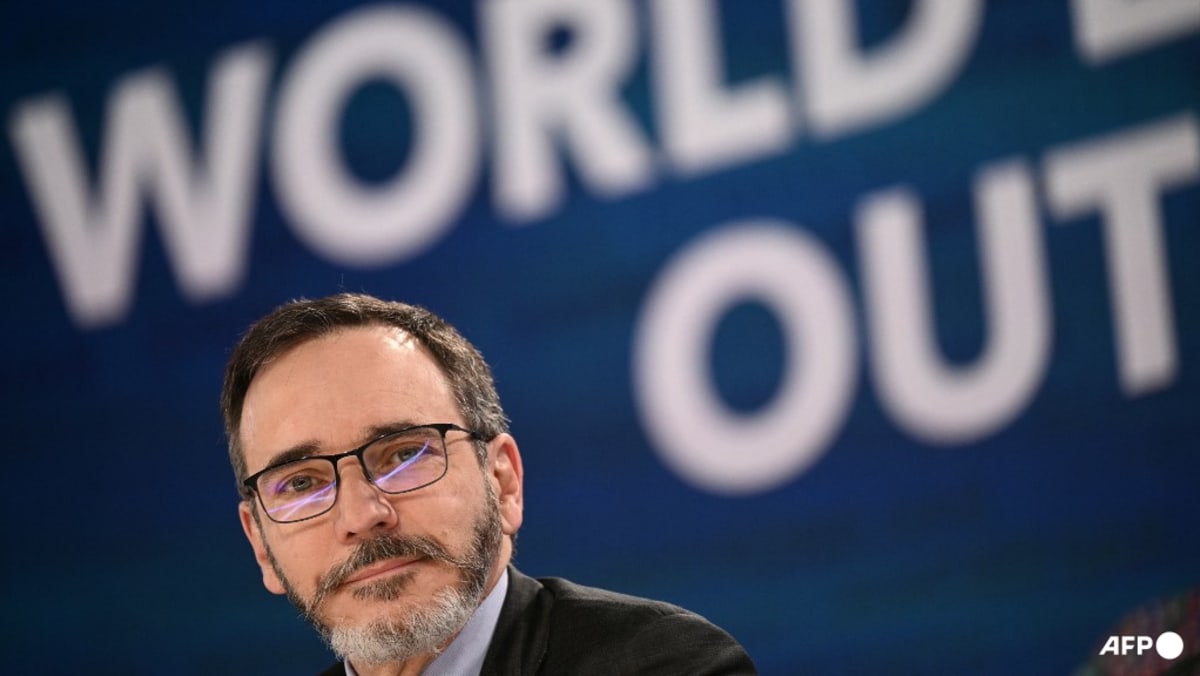WASHINGTON :A SpaceX Starship prototype failed in space on Thursday, minutes after launching from Texas, setting back the company’s speedy rocket development efforts in a mission that was expected to debut a key satellite deployment demonstration.
SpaceX’s Starship system, a heavily upgraded version standing roughly 37 stories tall, lifted off from the company’s Boca Chica, Texas, launch facilities at 5:38 p.m. EST (2238 GMT) in the company’s seventh test mission, and first such test this year.
SpaceX mission control in Texas lost contact with Starship eight minutes into flight after it separated in space from its Super Heavy first stage booster, SpaceX Communications Manager Dan Huot said on a live stream.
“We did lose all communications with the ship – that is essentially telling us we had an anomaly with the upper stage,” Huot said, confirming minutes later that the ship was lost.
The Starship upper stage, two meters (6.56 feet) taller than previous versions, was a “new generation ship with significant upgrades,” SpaceX said in a mission description prior to the test. It was due to make a controlled splashdown in the Indian Ocean roughly an hour after its launch from Texas.
SpaceX has not seen a Starship second stage fail since its second test mission in March last year, when the rocket was reentering Earth’s atmosphere and broke apart.
The towering Super Heavy booster, meanwhile, returned to its launchpad roughly seven minutes after liftoff, as planned, slowing its descent from space by reigniting its Raptor engines as it hooked itself on giant mechanical arms fixed to a launch tower.
The landing success was SpaceX’s second across three attempts.














